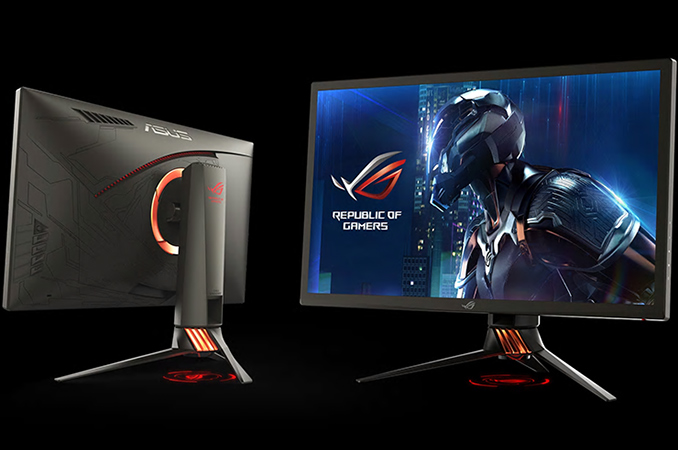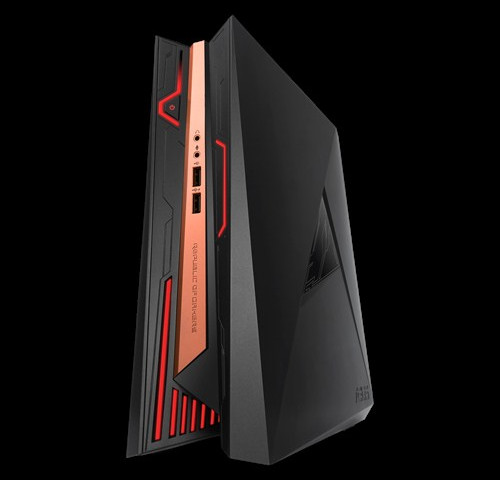The VR industry is perhaps one of the most promising areas of development in the future with a huge number of advancements yet to be made and it already seems like more and more companies are striving to utilise this striking piece of technology in their consumer device line-up.
The CES 2017 saw some big announcements pertaining to new gaming systems, leveraging Intel’s seventh-generation Core processors and Nvidia’s Pascal graphics architecture and consumer electronics manufacturer ASUS are now all set to launch their new 4K HDR gaming monitor.

The ASUS ROG Swift PG27UQ is based on AU Optronics’ AHVA panel with a 4K (3840×2160) resolution, up to 1000 nits brightness, and a 144 Hz refresh rate with G-Sync. The manufacturer gave the panel a quantum dot treatment via a 3M film in early samples, but as of yet we do not know the exact colour gamuts support as these have not been announced yet. ASUS has stated that the panel will offer support for HDR10, which means it might end up offering settings HDR-related colour spaces. Additionally, the monitor is equipped with NVIDIA’s G-Sync HDR variable refresh rate technology for smooth gameplay. Finally, the PG27UQ received a new direct LED backlighting with 384 zones which enables high brightness along with better contrast ratios.
The electronics manufacturer further launched yet another gaming system in their Republic Of Gamers line-up called the ROG GR8 II. The successor to the GR8, the new gaming system incorporates Asus’s Aura Sync technology for customised lighting across both the system itself and attached ROG peripherals. The GR8 II includes a seventh-generation Core i7 or i5 CPUs, offers up to 32GB of DDR4 RAM, and sports the Nvidia GeForce GTX 1060 GPU. That combination of components comfortably meets today’s VR requirements, and Asus fully tested the GR8 II to ensure that it performs well with the Oculus Rift VR system. Dual HDMI ports and a DisplayPort means that even without VR, a surround gaming experience can be achieved with up to three displays.

In terms of storage options, the GR8 II includes a slot for up to an M.2 PCIe solid-state disk (SSD), with another 2.5-inch bay to add additional drives. Audio quality is enhanced with SupremeFX running in conjunction with Sonic Studio III software that can route audio for streaming. A full complement of networking options is provided, from a Gigabit ethernet port to 802.11ac Wi-Fi with MU-MIMO support. Two USB 3.1 ports, Type-C and Type-A, and four USB 3.0 ports are available for plugging in peripheral devices.
There is no word on availability or price of any of the devices announced by ASUS and it is highly unlikely that the products would surface in the market anytime before mid-2107. However, with a lot of people already a fan of ASUS’s ROG gamer-dedicated line-up, the anticipation regarding these high-end gaming systems might just keep on building till then.